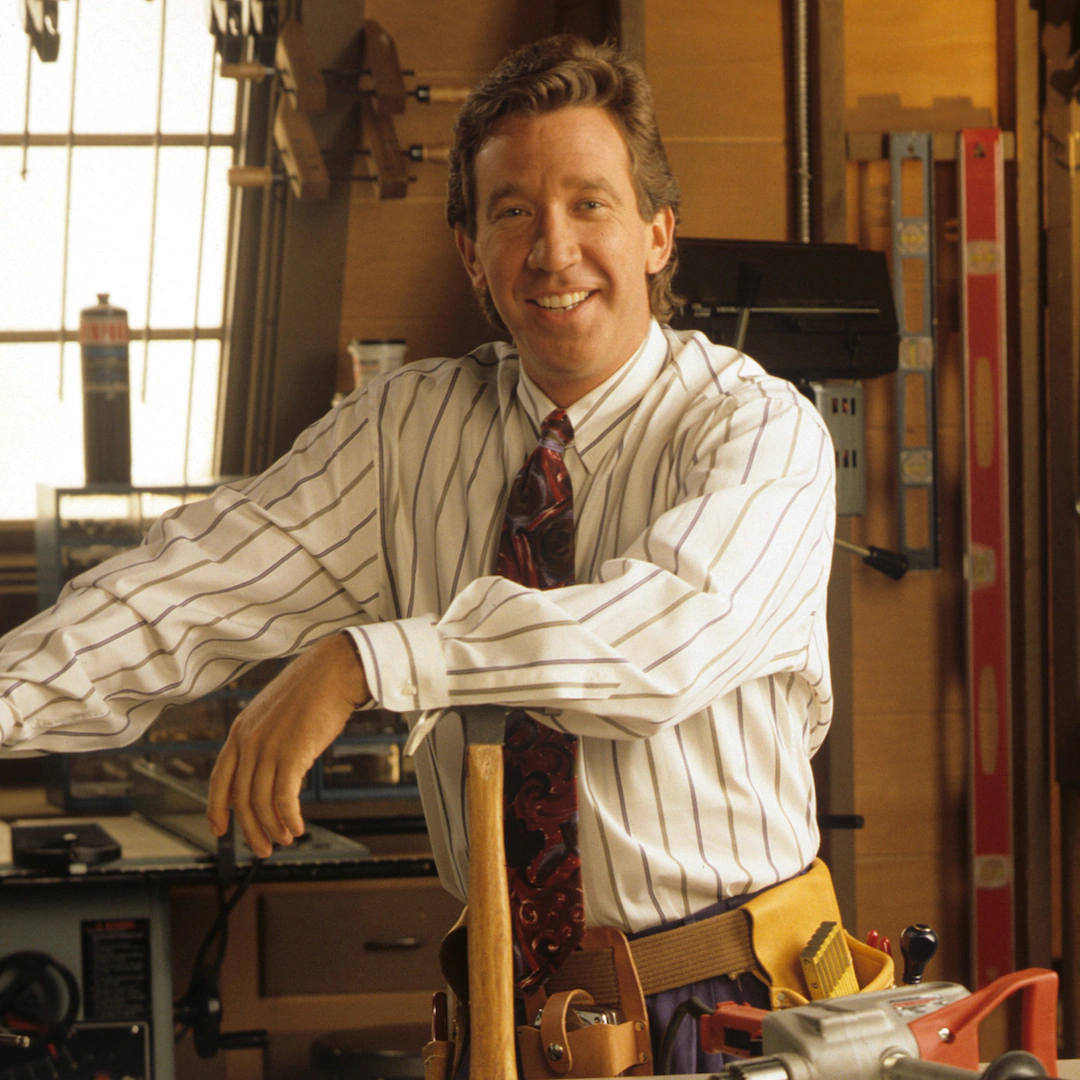Title: Efficiency Enhanced: Improving Energy Efficiency through Home Improvement
Introduction:
In an era where environmental sustainability is paramount, improving energy efficiency in our homes is both a responsible choice and a smart investment. By implementing energy-saving home improvements, homeowners can reduce their carbon footprint, lower utility bills, and create a more comfortable living environment. From simple upgrades to comprehensive renovations, enhancing energy efficiency is a crucial step towards creating a greener and more sustainable future.
1. Upgrading to Energy-Efficient Appliances:
One of the most effective ways to improve energy efficiency in the home is by upgrading to energy-efficient appliances. Modern appliances such as refrigerators, washing machines, dishwashers, and water heaters are designed to consume less energy while maintaining high performance standards. Look for appliances with ENERGY STAR certification, which signifies superior energy efficiency and environmental sustainability. By replacing outdated appliances with energy-efficient models, homeowners can significantly reduce energy consumption and utility costs over time.
2. Enhancing Insulation and Air Sealing:
Proper insulation and air sealing are essential for maintaining a comfortable indoor temperature and reducing energy waste. Insulating walls, floors, and ceilings helps prevent heat loss in the winter and heat gain in the summer, reducing the need for heating and cooling. Additionally, sealing air leaks around windows, doors, and ducts prevents conditioned air from escaping and outdoor air from infiltrating the home. By improving insulation and air sealing, homeowners can create a more energy-efficient and comfortable living environment year-round.
3. Installing Energy-Efficient Windows and Doors:
Windows and doors are significant sources of energy loss in the home, especially if they are old or poorly insulated. Installing energy-efficient windows and doors with double or triple-pane glass, low-emissivity coatings, and insulated frames can significantly reduce heat transfer and improve energy efficiency. These upgrades not only enhance thermal performance but also enhance indoor comfort and noise reduction. By investing in energy-efficient windows and doors, homeowners can improve energy efficiency while enhancing the aesthetics and value of their homes.
4. Upgrading Lighting and Appliances:
Replacing traditional incandescent bulbs with energy-efficient LED or CFL bulbs is a simple yet effective way to reduce energy consumption and lower utility bills. LED bulbs use up to 80% less energy and last significantly longer than incandescent bulbs, making them a cost-effective and eco-friendly lighting solution. Additionally, upgrading to energy-efficient appliances such as refrigerators, dishwashers, and HVAC systems can further reduce energy usage and enhance overall efficiency. By choosing energy-efficient lighting and appliances, homeowners can save money and reduce their environmental impact.
5. Investing in Renewable Energy Solutions:
For homeowners looking to take their energy efficiency efforts to the next level, investing in renewable energy solutions such as solar panels or geothermal heating and cooling systems can provide significant long-term benefits. Solar panels harness the power of the sun to generate clean, renewable energy, reducing reliance on grid electricity and lowering utility bills. Geothermal systems utilize the stable temperature of the earth to heat and cool homes efficiently, providing year-round comfort with minimal energy consumption. By integrating renewable energy solutions into their homes, homeowners can achieve greater energy independence and sustainability while reducing their carbon footprint.
Conclusion:
Improving energy efficiency through home improvement is not only beneficial for the environment but also for homeowners’ wallets. By implementing energy-saving upgrades such as upgrading to energy-efficient appliances, enhancing insulation and air sealing, installing energy-efficient windows and doors, upgrading lighting and appliances, and investing in renewable energy solutions, homeowners can reduce energy consumption, lower utility bills, and create a more comfortable and sustainable living environment. With a commitment to energy efficiency, homeowners can contribute to a greener and more sustainable future for generations to come.



